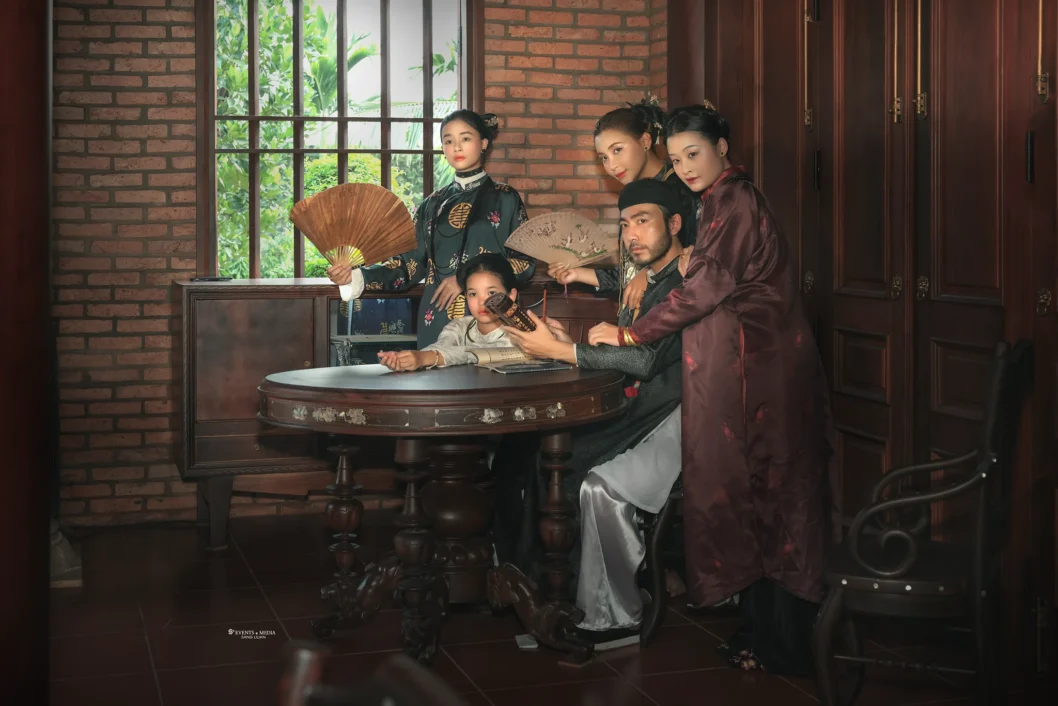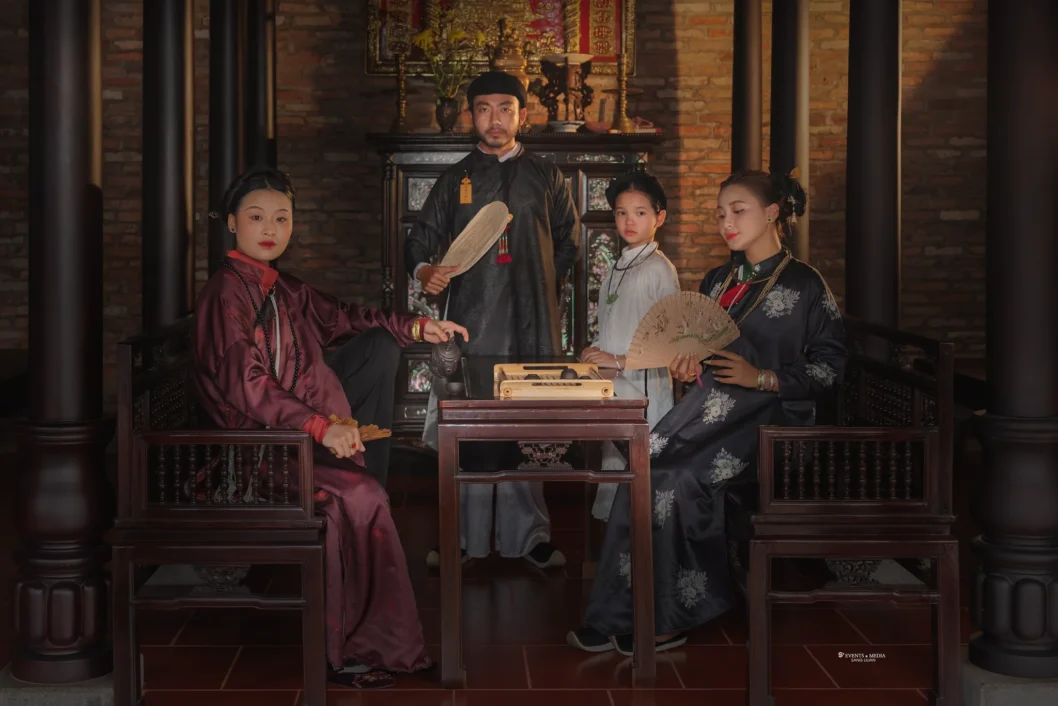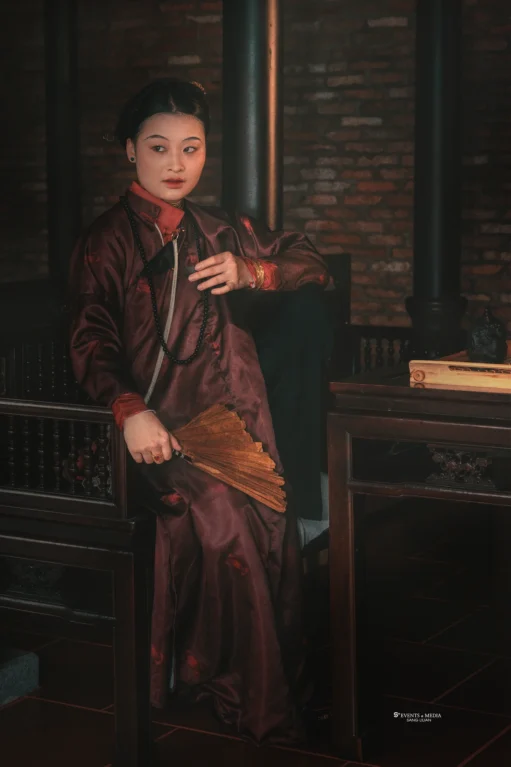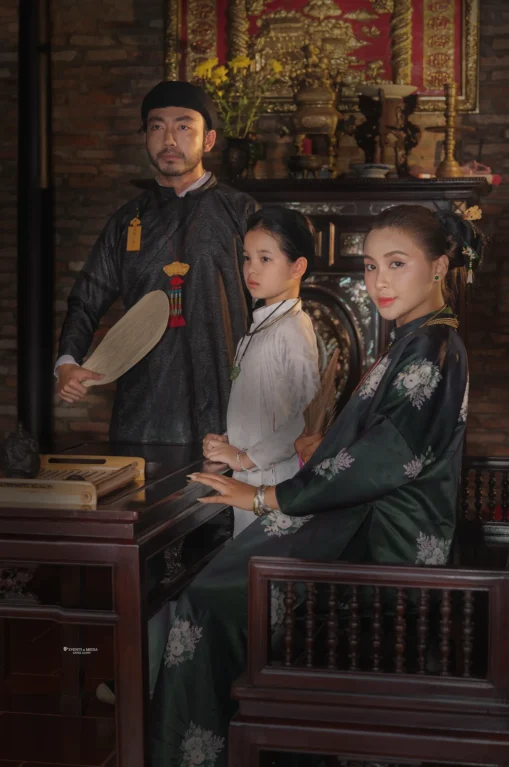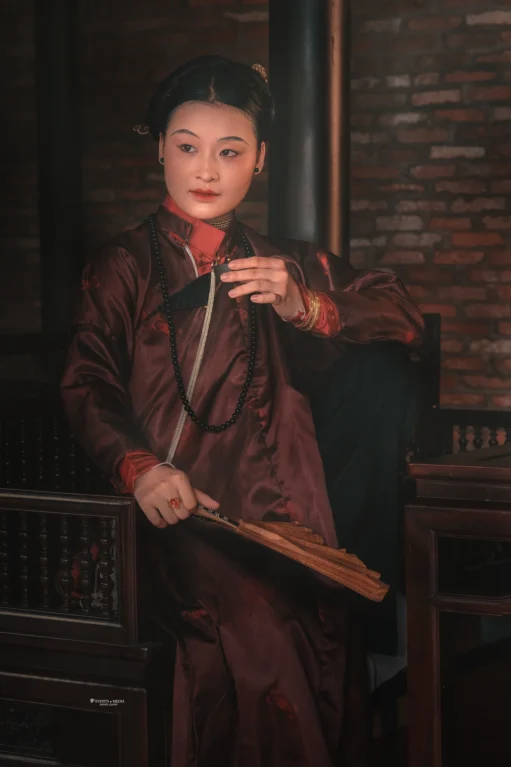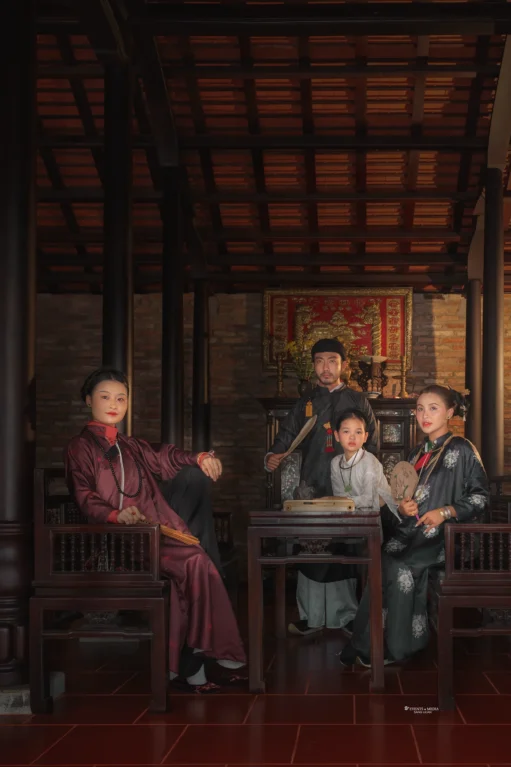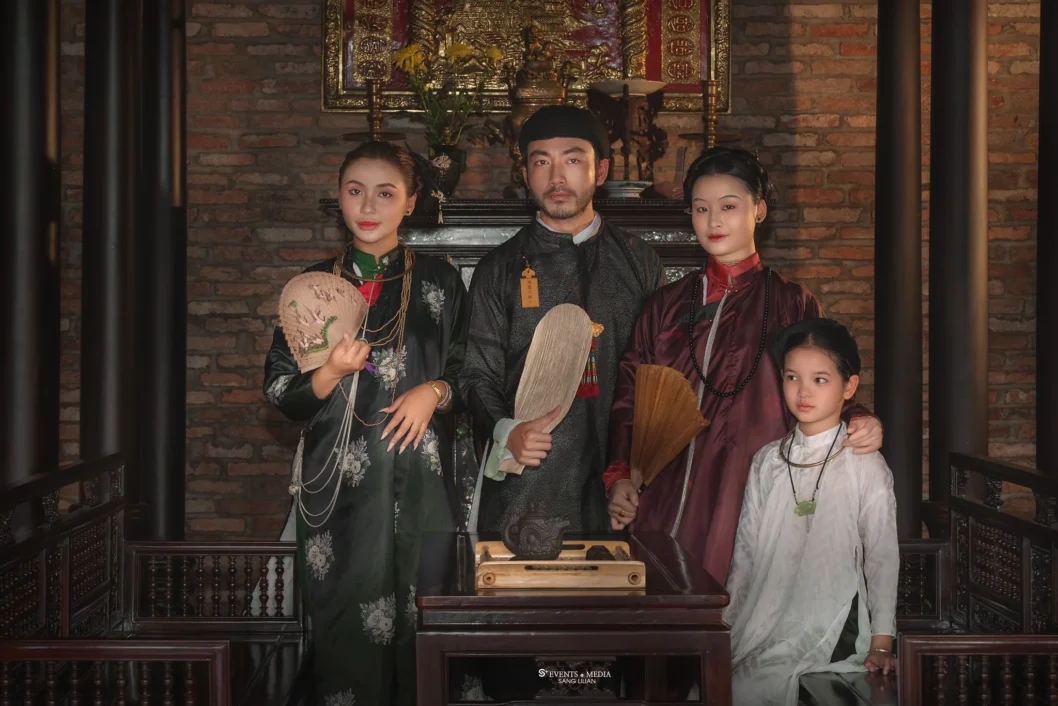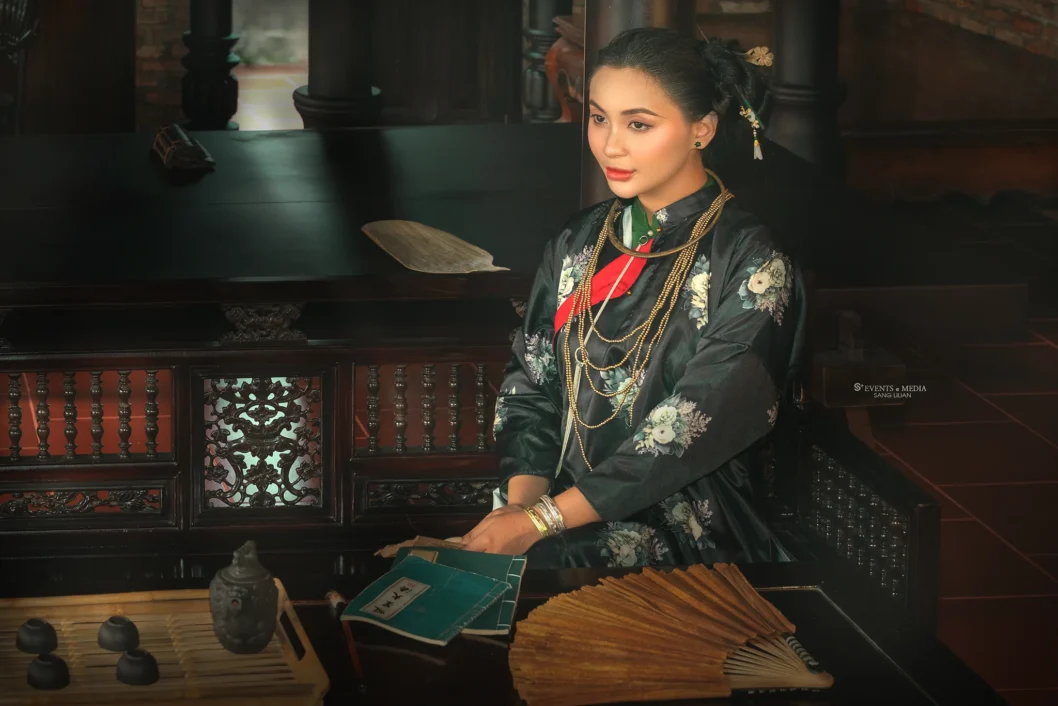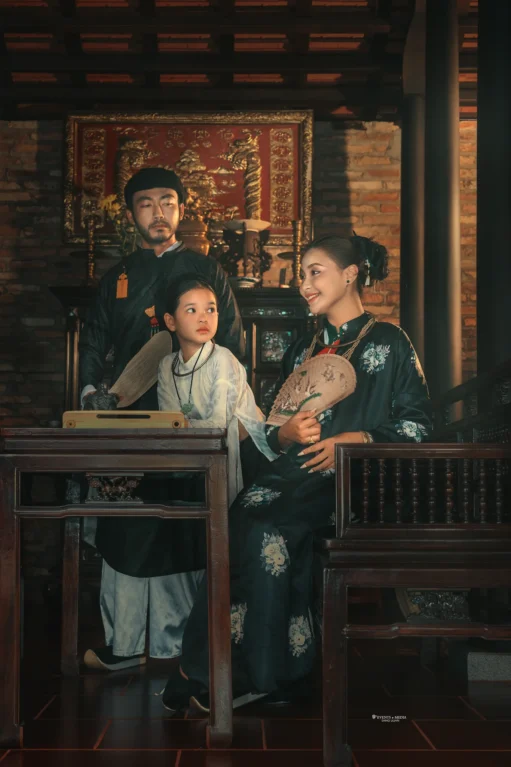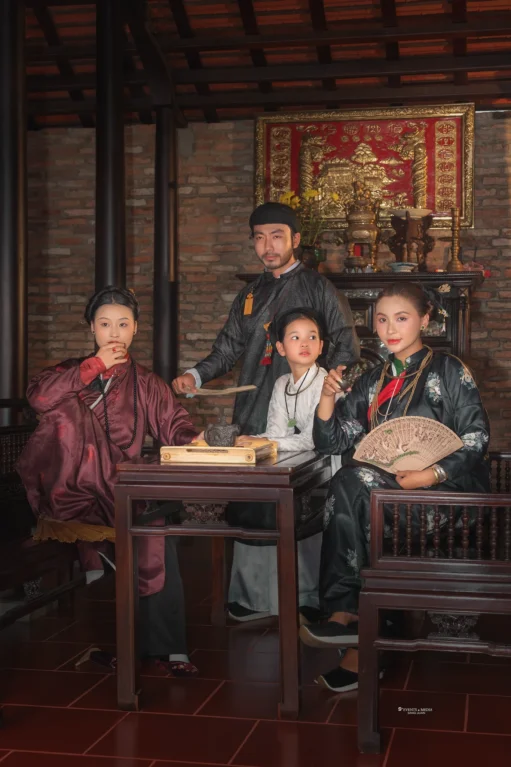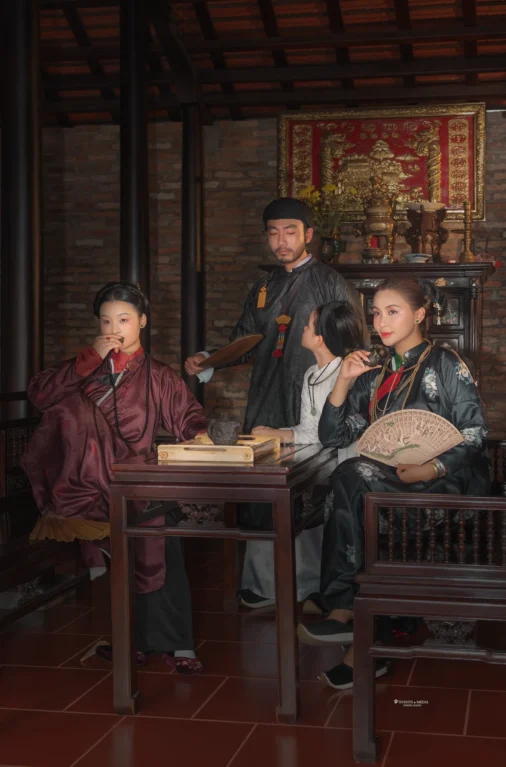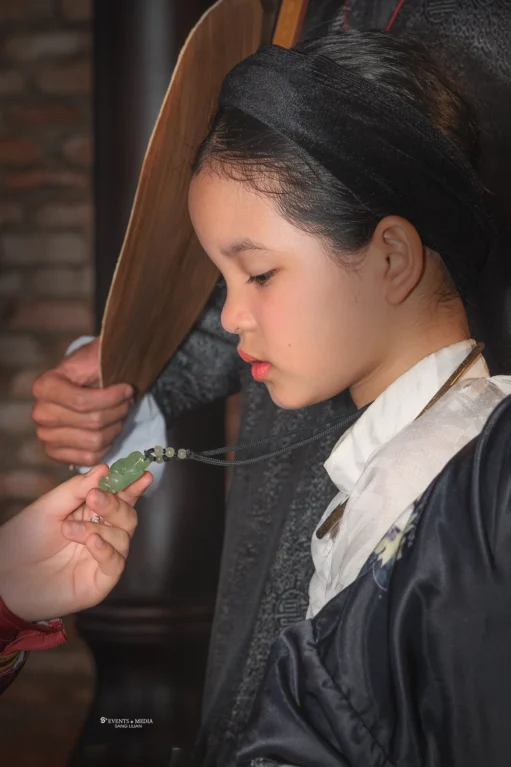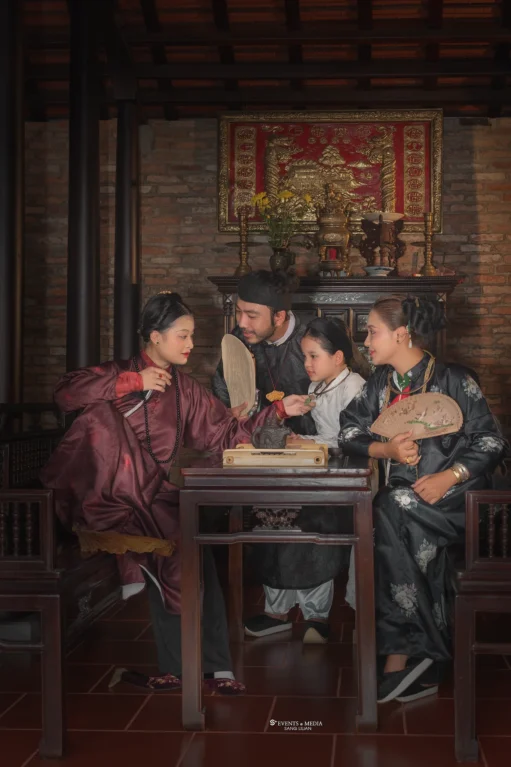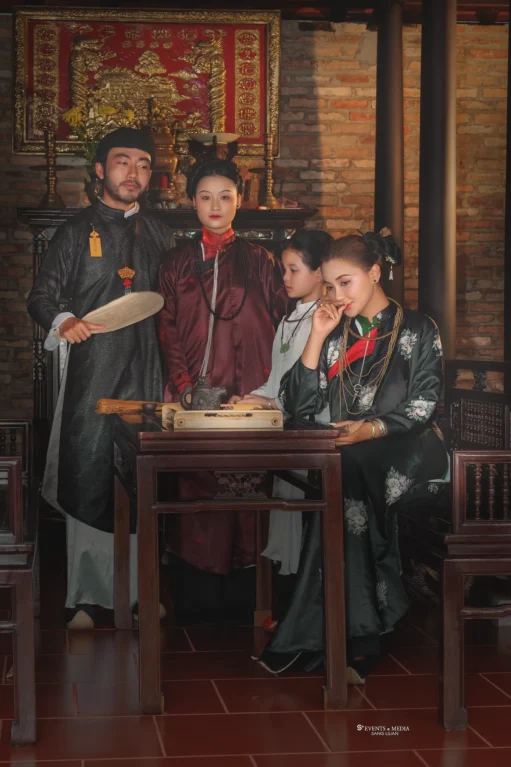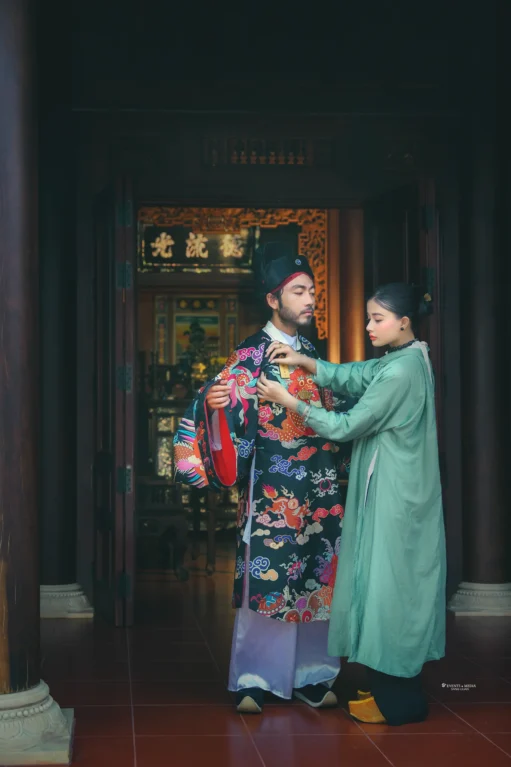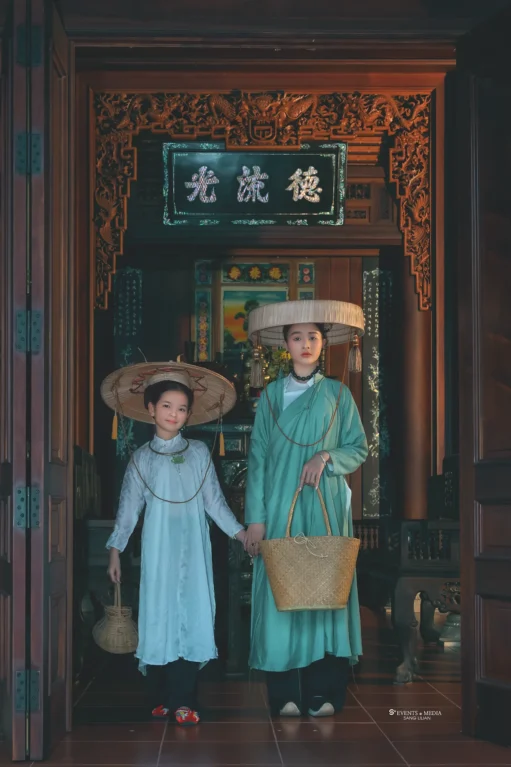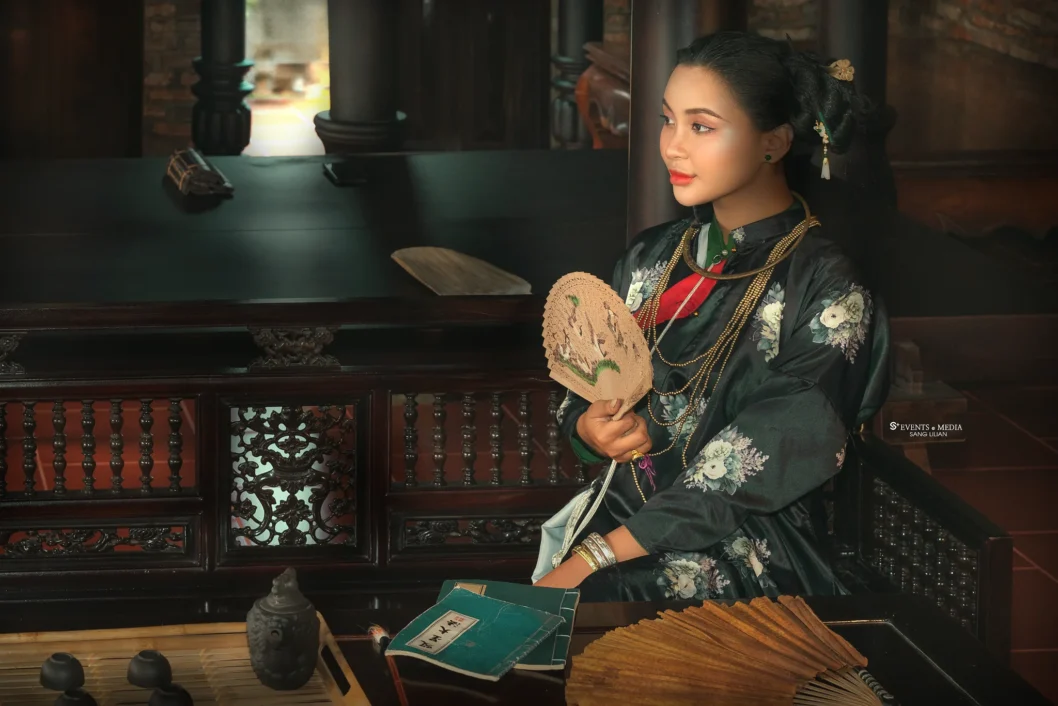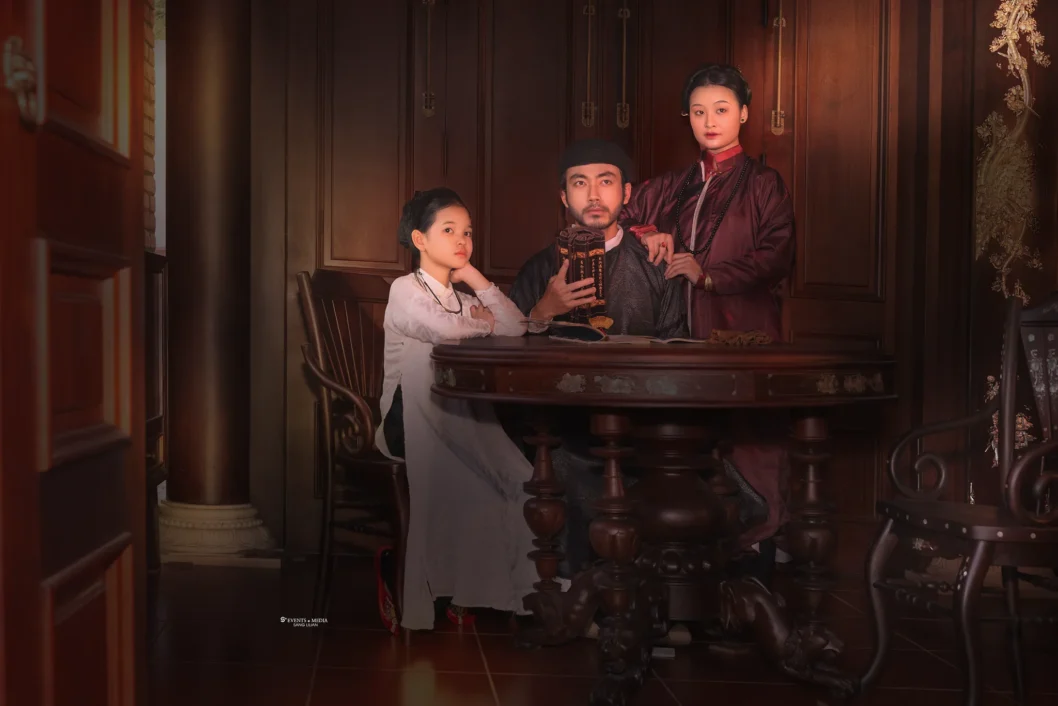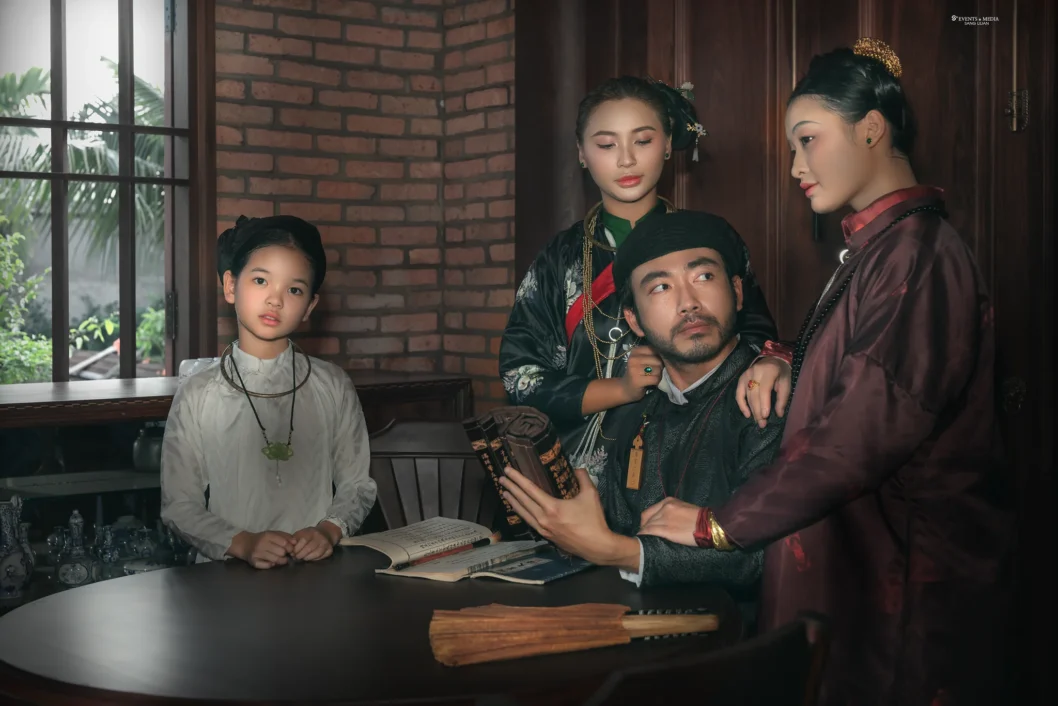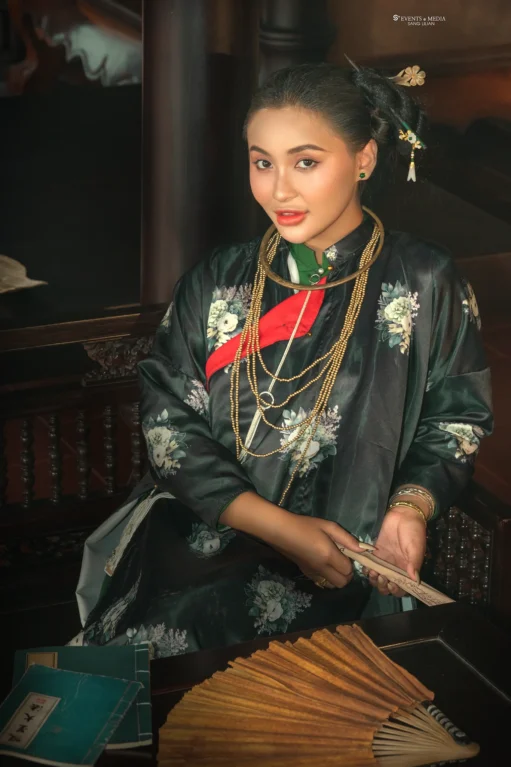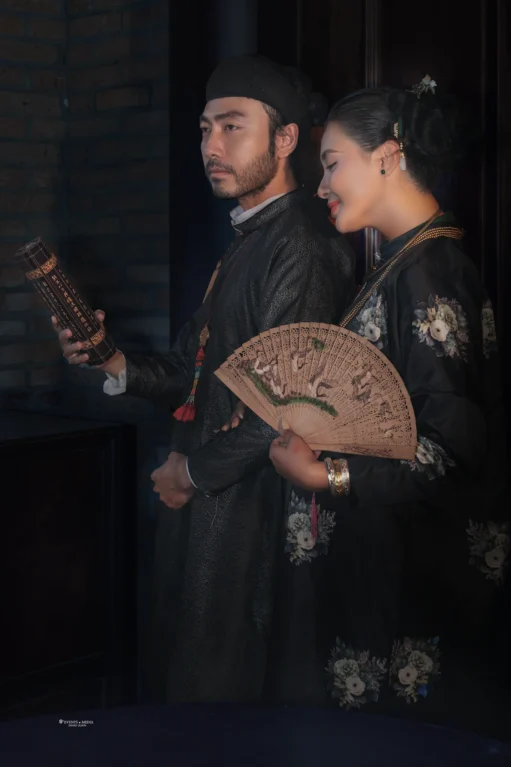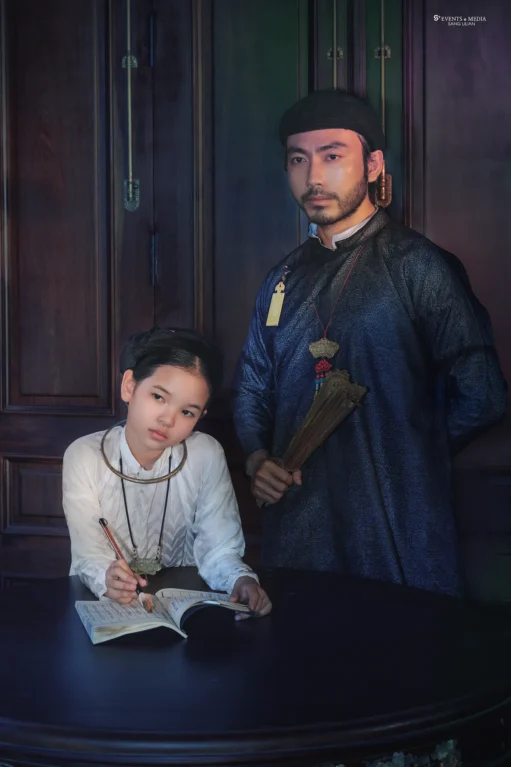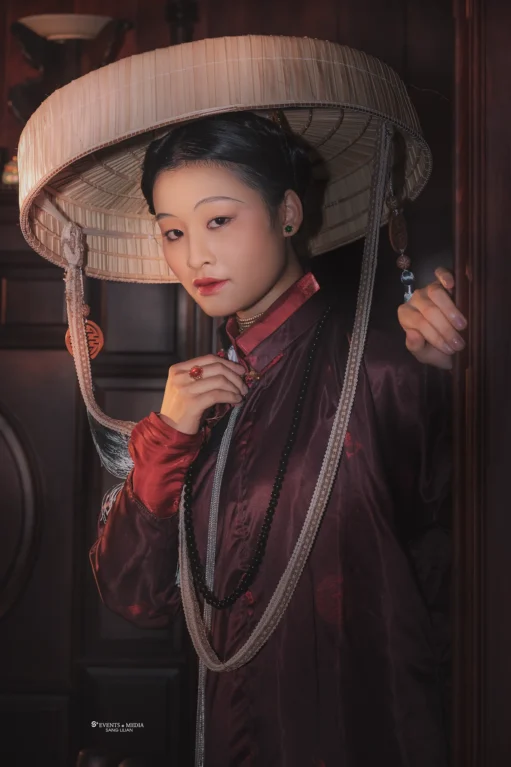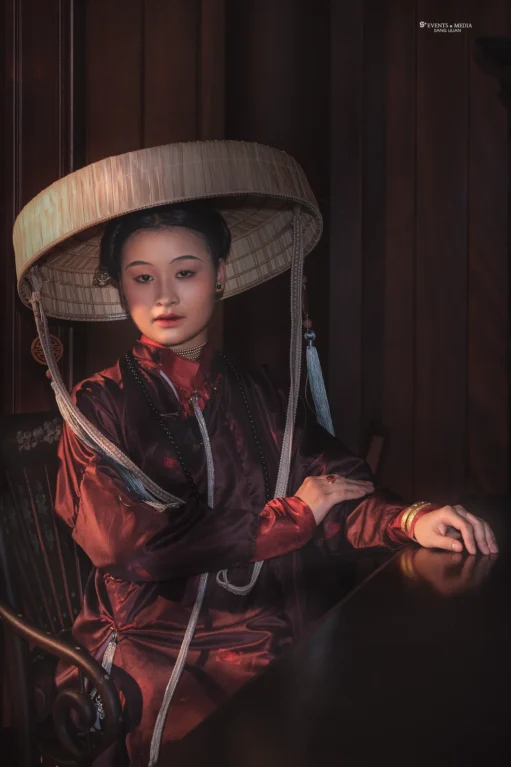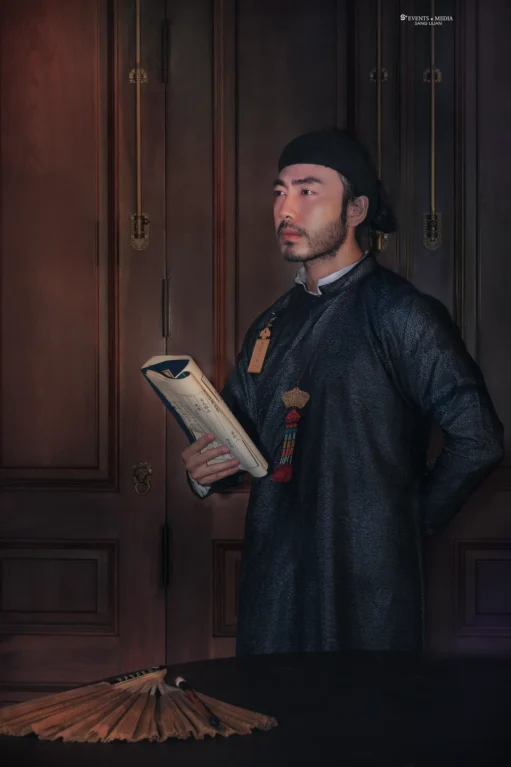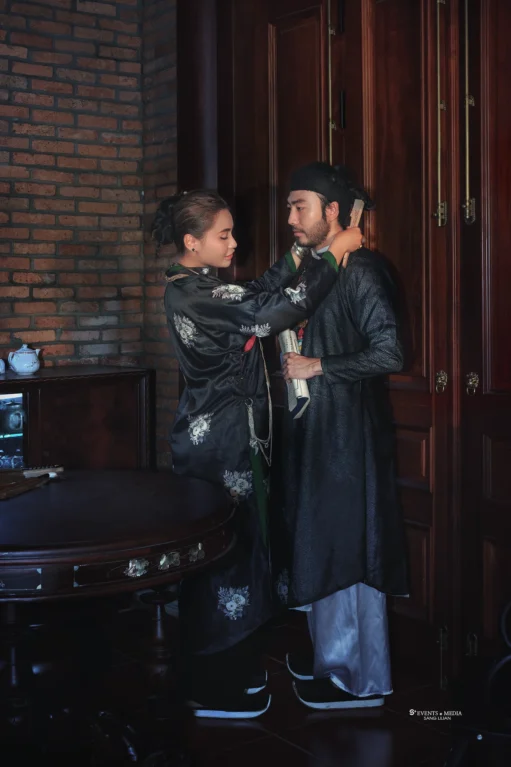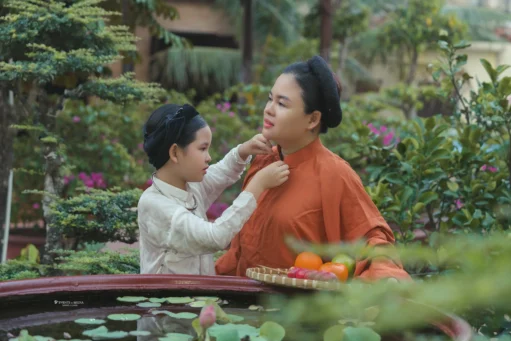One Husband and Many Wives
Áo Dài Viet Nam
One Husband and Many Wives – The Family Structure of Feudal Vietnam
In feudal Vietnam, the family structure was heavily influenced by Confucian principles and a social hierarchy that governed relationships and domestic life. A central feature of this era, especially among the wealthy and noble classes, was polygamy. This practice allowed men, particularly those in positions of power such as government officials and mandarins, to take multiple wives.
Read more about The last wife
The Role of the Mandarins
Mandarins, who served as high-ranking officials, enjoyed many privileges in society, including the option to have numerous wives. Having multiple wives was not merely a sign of personal wealth and status; it also reinforced a family’s social standing and influence. Each wife often played different roles within the household, with a primary wife overseeing the household and often having more legal rights, while secondary wives held lower ranks and performed specific duties, helping to manage the family estate and other responsibilities.
Social Expectations and Family Dynamics
In a feudal household with one husband and many wives, a strict hierarchy dictated the relationships among family members. The husband acted as the head of the family, holding authority over his wives and children. Each wife and her children formed a smaller unit within the family, but they were united under the man of the house. Jealousies and rivalries could arise, particularly when one wife felt overshadowed by others, yet the family’s unity and collective social power were often paramount.
Inspired by Victor Vu’s Film: A Visual Reimagination
This photo series, inspired by the cinematic work of director Victor Vu, captures the intricate relationships within a polygamous household in feudal Vietnam. The images portray the delicate yet intense emotions of each wife, their interactions with one another, and their shared connection to their husband. With meticulous attention to costume and setting, the series brings to life the era’s atmosphere, evoking the complex tapestry of love, duty, and rivalry that characterized such households.
Vietnamese feudal society
This visual representation offers a nuanced view of Vietnamese feudal society, reflecting the influence of Confucian ideals on family structures, where loyalty and obedience were highly prized, and familial bonds were as much about power as they were about kinship. Through this lens, we can better appreciate the cultural and historical nuances of this unique social system, as well as the artistic vision behind the series inspired by Victor Vu’s work.





